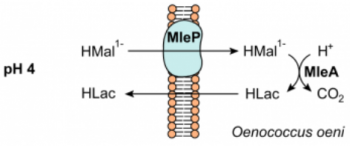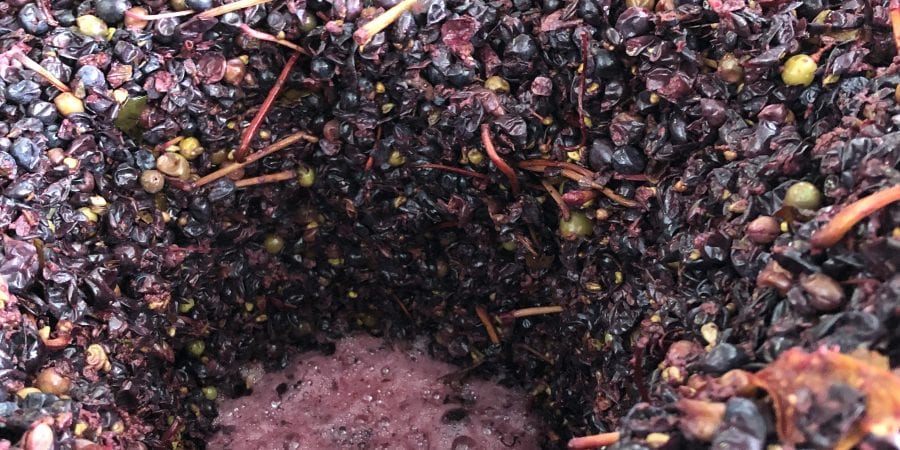This week, as I fail miserably at juggling school holidays and work again, let’s revisit a past post.
And this one is timely as I recently promised you all I’d go back over this at some stage.
I know I’ve mentioned the term more than once in recent posts. Especially when it comes to describing the status of various vintage 2023 ferments.
I’m talking about malolactic fermentation (or MLF).
Before I get into that though, let’s start by taking one further step backwards. Just so I know we’re all on the same page…
What is fermentation?
Any of a group of chemical reactions induced by microorganisms or enzymes that split complex organic compounds into relatively simple substances, especially the anaerobic conversion of sugar to carbon dioxide and alcohol by yeast.
Luckily this process occurs in nature and we are simply harnessing the natural sequence of events. And, as an aside, whilst you’re having your morning hot beverage or your afternoon platter with some wine you can be comforted by the fact that fermentation by microorganisms is responsible for some of our most loved foods. Tea, coffee, cheese, yoghurt, bread, even beer and chocolate! And, of course, wine.
Primary vs secondary fermentation
I think most of us understand that to make wine, you use yeast to turn sugar (in the grape juice) into alcohol. That’s the basic principle at least. This process is referred to as the primary fermentation.
Rob is also a big fan of a secondary fermentation called Malolactic fermentation (or MLF). While this bacterial fermentation occurs naturally for most red wines, it is also a handy tool in the production of some white wines.
Let’s find out why…
Loving our blog? Sign up for weekly updates straight to your inbox…
[withwine type=’join-mailing-list’]
What is MLF?
Well, we already know it is a type of secondary fermentation
 Technically speaking, it is a process in which tart-tasting malic acid is converted to softer-tasting lactic acid (hence “malo”-“lactic”).
Technically speaking, it is a process in which tart-tasting malic acid is converted to softer-tasting lactic acid (hence “malo”-“lactic”).
MLF often occurs naturally after the completion of primary fermentation. Or sometimes is can run concurrently with the primary fermentation.
It can also be induced by inoculation with a selected bacterial strain – Oenococcus oeni, a member of the lactic acid bacteria (LAB) family. This strain is chosen due to its ability to survive the harsh conditions of wine (high alcohol, low pH and low nutrients). It also produces some lovely flavours and aromas in the finished wine.
Why MLF?
MLF is super important when it comes to making (in particular) red wines. Malic acid in wine can be a food source for yeast and bacterial growth. And that can lead to spoilage, spritz, and unwanted flavours. Therefore it a process to microbiologically stabilise and protect the wine.
MLF can also be used to influence wine style. This is exactly what Rob likes to do with our Fumé Blanc, Chardonnay, and Rosé.
In addition to the important conversion of malic acid to softer lactic acid, MLF is associated with a broad range of other metabolic processes. These processes affect the aroma, flavour, and mouth-feel of the wine. Sensory terms such as ‘creamy’, ‘buttery’, ‘vanilla-like’, ‘nutty’, ‘spicy’, ‘fruity’, ‘vegetative’, ‘toasty’, ‘fuller’ and ‘rounded’ are used to describe MLF influences on wine.
You’ll definitely hear a few of these terms used when describing the Fumé, Chardy, and Rosé!
